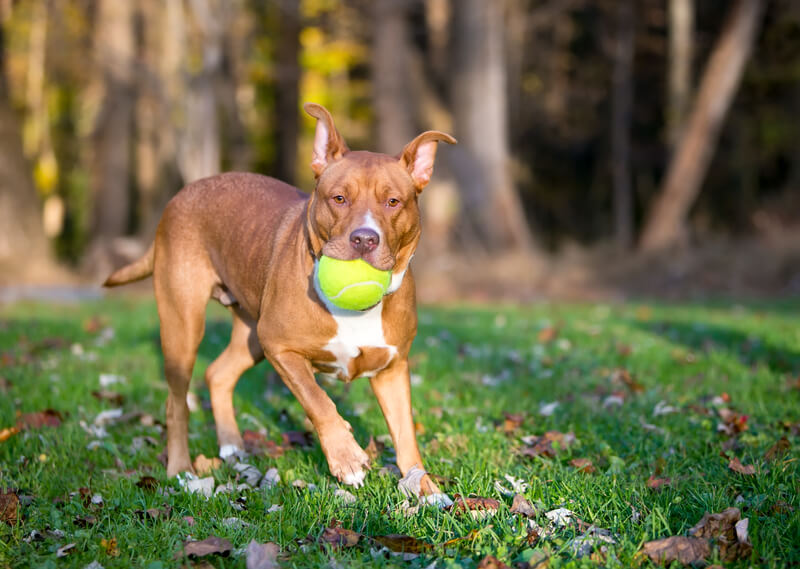
Enrichment activities can help the companion animals in your shelter by reducing stress, and improve their overall well-being through physical and mental stimulation. According to The Association for Animal Welfare Advancement (AAWA), there are best practices for enrichment activities and while they may not be the most accessible, they are the most effective.
The Importance of Enrichment
It’s no secret that as wonderful as our animal shelters and rescues are, they are not the ideal environment for companion animals. Enrichment activities involve all the senses and help alleviate problematic behavior some pets may begin while in the shelter. Below are some of the best practices recommended by AAWA.
General Tips for Animal Enrichment
- Try to offer a variety of activities and experiences, and rotate these around.
- Keep it positive! While ideally, enrichment isn’t for behavior modification, if you do have some training involved, use positive reinforcement.
- Choose activities that won’t overstimulate the animal. Overstimulation can cause more stress. Consider activities that reduce stimulation as part of your enrichment strategy.
- Match the enrichment activity with the animal. For example, if a dog has no interest in an activity like fetch, find another activity. Be mindful also if certain activities seem to cause fear and avoid those for that particular animal.
Examples of Animal Enrichment Activities
Enrichment starts from the moment of intake and should be considered at every stage of the animal’s stay in the shelter. Below are examples of types of enrichment shelters may consider for animals.
Social Interaction
Socialization is important for any companion animal—dog or cat. Frequent walks with other dogs or quiet time one-on-one with a person for petting or grooming are easy to implement enrichment activities. Socialization is critical as is exposure to different genders and age groups.
Cognitive Enrichment
This is the type of enrichment most think about when they are looking for activities for shelter animals. Chew toys for dogs and scratching posts for cats are necessary enrichment. Daily investigative opportunities, such as hiding treats for them to seek out and find are great for both dogs and cats. Problem-solving challenges can be in the form of novel objects and toys or activities that help animals think and learn.
Feeding Enrichment
The use of feeding toys can help combine cognitive enrichment with feeding enrichment. Kibble that is placed inside puzzle feeders can help animals use their foraging skills. However, these activities must be monitored to ensure animals are able to access their food.
Physical Exercise
It’s critical animals get the opportunity to exercise outside their enclosure. Dogs should be able to exercise for 15 minutes minimum per day. Add in fetch, or agility equipment, or another aerobic exercise for maximum benefit. Cats need exercise as well. Interactive play with feathers, laser lights, and balls are all great ways to get cats moving.
Novel Experiences
The opportunity for new experiences is important to shelter animals. These can be indoor or outdoor experiences and can be stimulating or quiet. For example, a cat might like to watch prey and dogs might like to dig. Trips to a new place such as a play yard can help meet these requirements.
Sensory Enrichment
Stimulate the sense of smell and hearing in animals through activities throughout the day. Auditory enrichment such as playing classical music or bird sounds periodically throughout the day can soothe animals and promote relaxation. Introduce new scents into the environment through essential oils or spices and through tracking games. Both cats and dogs can benefit from taste enrichment activities such as flavored ice or other treats.
Regardless of what tactics you use to provide enrichment for your shelter animals, these activities are important to the physical and mental health of the companion animals in your care. You can read the full report from the AAWA on their website.
